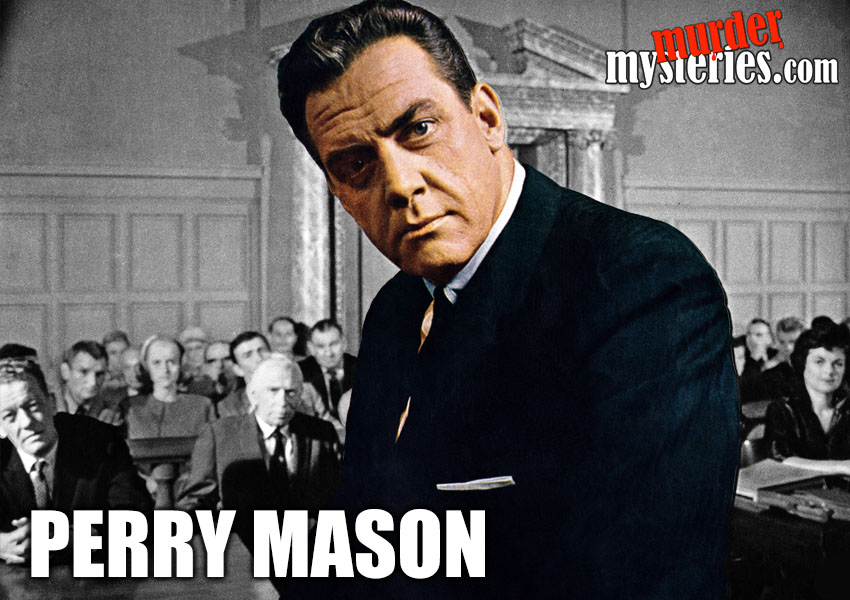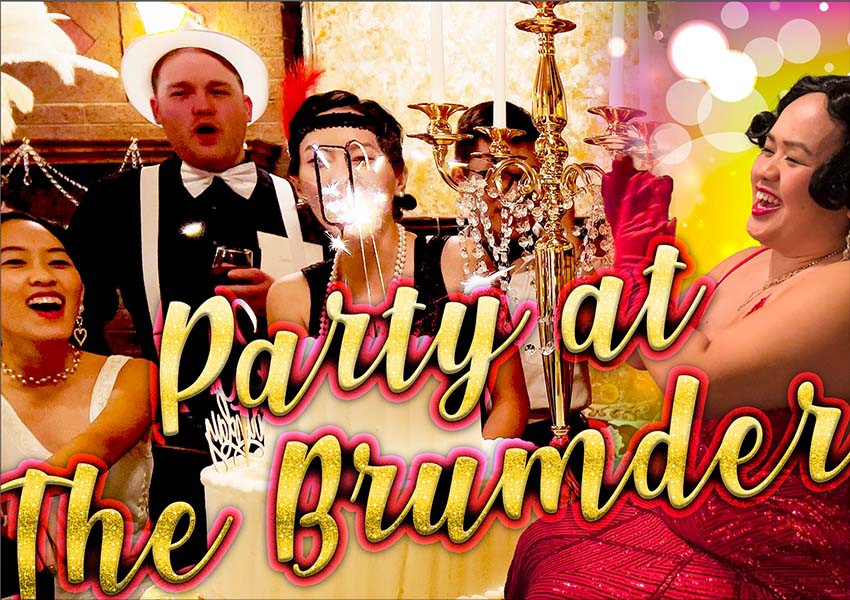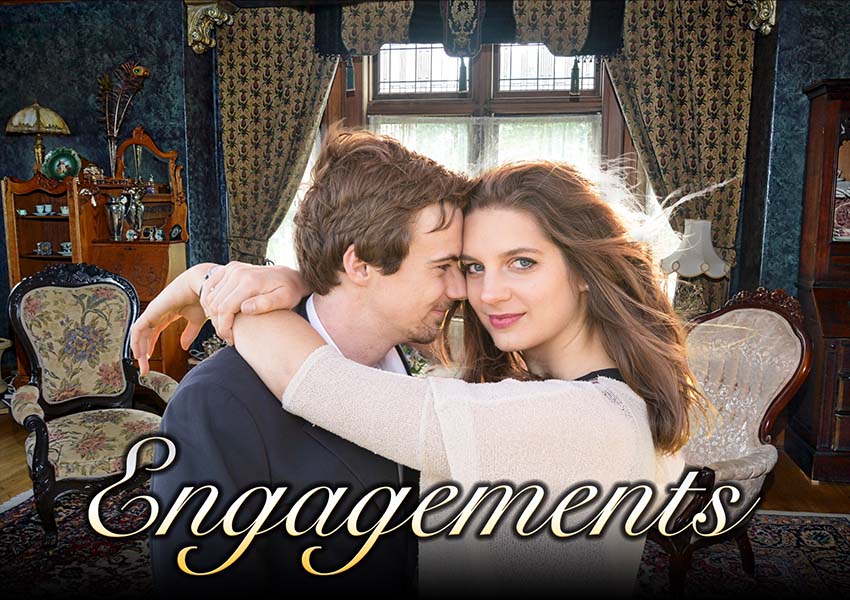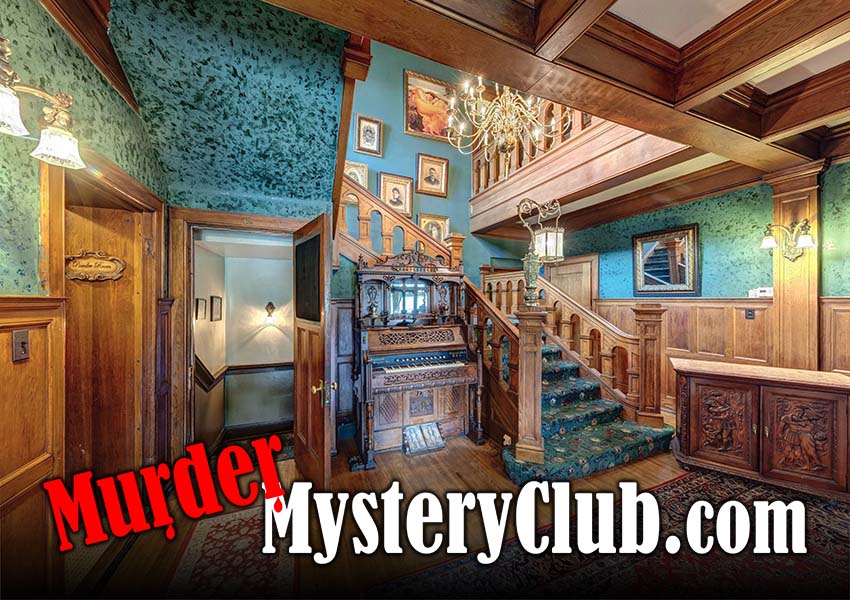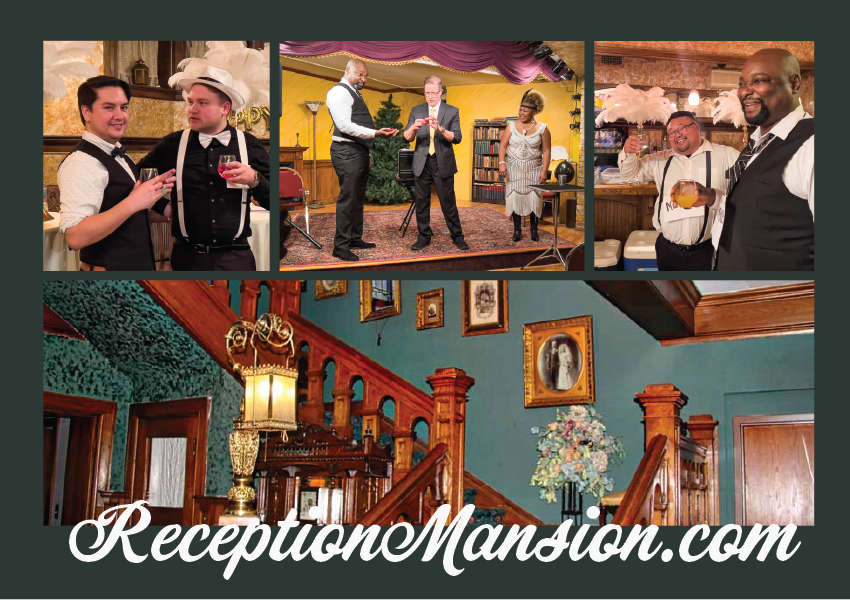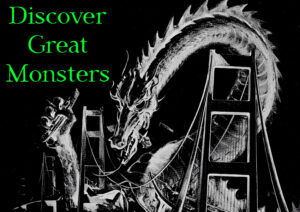Shelburne Vermont
Dutton House
“So many people! Go away!”
Other spirits say “Come see our home!”
DESCRIPTION
This 1781 Dutton House was the forever home of Salmon Dutton, his large family, and their descendants until the turn of the century. Though it started out as a straight salt box style home, as the family grew and the years progressed, there were many additions that extended from the core structure. It was common in New England to have this tradition of “continuous’ architecture” during the time period of the 18th and 19th centuries.
The oldest part of the Dutton House was built in the “salt box style,” with “a long, pitched roof that slopes down to the back.”
Typically, houses of this style have only one story in the back and two stories in the front. Looking at the front of a traditional salt box style house, it has a flat front, a central chimney, has “asymmetry of the unequal sides and the long, low rear roof line.” All of these architectural style features make the house look like a wooden lidded box that was used for storing salt.
As Salmon Dutton wasn’t made rich in his public service jobs, he hired mural painters to decorate some chamber walls, and used stencil painting as well in the front four rooms, along the “outer borders” of the plaster walls, dating to about 1800.
Tom and I visited The Dutton House and it was fascinating to see how people used to live there in that era. They didn’t need as much room as people do in this century, even with all the add ons and places made for businesses. We got to walk through house, seeing the common areas and the bedrooms.
I can see why it was a forever home for the Duttons for 119 years. Perhaps, the work needed to bring it up to comfortable turn of the century standards just wasn’t worth it to the descendants, though they did maintain it as a beloved piece of family history.
HISTORY
The Dutton House was the first structure moved to Shelburne Museum, in 1948.
What is Shelburne Museum, and how did it come about?
Shelburne Museum is described as being a “world-class collection in a village-like setting of historic New England. Shelburne Museum offers to the visitor; Buildings and landscapes; and displays of antiques, items of everyday life in eras past in New England. It is also a “welcoming and informal place for visitors to engage with history through objects that tell stories.”
The reason the Dutton House survives and is beloved by all to this day is due to the inspired creative idea and effort of a special woman, Electra Havemeyer Webb, who started Shelburne Museum in 1947, dedicating it as a place to have on display “collections of collections” and to be “an educational project, varied and alive.”
Electra Havemeyer Webb grew up in New York, in a wealthy family who were important collectors of European and Asian Art. Early on in her life, Electra developed an appreciation of all the arts that represent America’s cultural past: furniture, pottery, quilts, weathervanes, folk art, and other things that have “been part of American life for generations.”
As a young woman of nineteen, she decided that she would devote herself to collecting American and New England folk art, as seen in household items from earlier eras. She must have had fun filling her homes in New York and Shelburne, Vermont, with antiques. She inherited her family’s collections of horse-drawn carriages and wanted a place to have them on display, so she invested in some acreage. Then, she got the brilliant idea to also preserve early New England structures as well.
At the heart of all the Shelburne Museum’s offerings are its “endlessly compelling and extensive collections,” which have continued to grow thanks to the “combined efforts of dedicated curators, donors, artists, and artisans. Shelburne Museum is a place to envision the past and understand the present while looking to the future.”
Today, there are over 150,000 works that are exhibited in 39 exhibition buildings, 25 of which are historic and were relocated from their original locations. These buildings include:
* Apothecary Shop * Blacksmith Shop * Castleton Jail * Ticonderoga (steamboat) * General Store * Colchester Reef Lighthouse * Covered Bridge * Rail Locomotive No. 220 * Round Barn * Shelburne Railroad Station and Freight Shed * Vergennes Schoolhouse * Settlers’ House * Shaker Shed * Stagecoach Inn * Stone Cottage and Smokehouse * Ticonderoga (steamboat), and The Toy Shop. Other houses are also there:* Dorset House, * Prentis House * Vermont House * and * Stencil House.
What is the story of the Dutton House?
After he left Massachusetts, Salmon Dutton and his family settled in Cavendish, Vermont, and built their forever home in 1781. Salmon worked as a dutiful civil servant, being Justice of the Peace, a road surveyor, and the treasurer for the city of Cavendish. Dutton was an honest soul, and was gifted in keeping track of the city’s finances.
Being a practical man, he used this structure as both a family home and a place of business, which was common in the era. His descendants continued in that tradition. Some of the businesses located here were a store, an inn, and a boarding house for local mill workers.
As his family grew, they simply made additions, and probably renovated the structure to made it suitable for the needs of whatever family members were living there for their family size and for their business located there. By the turn of the century, no one in the family wanted to live there, but they maintained it so it never became a fixer-upper opportunity.
As a result, The Dutton House was empty of living people for forty years until Dutton’s great great grandson, Redfield Proctor Jr., offered the property to the Society for the Preservation of New England Antiquities. Of much interest was the stenciled art work found inside. In fact, in 1946, as part of the process of deciding whether to accept this house or not, architect Frank Chouteau Brown measured and sketched or traced in outline the entire house and its marvelous, still existing stencil-painted walls for the Historic American Buildings Survey.
The house didn’t quite measure up, so Redfield Proctor Jr, wound up gifting it to the Vermont Historical Society in 1947. However, when they got wind of the Vermont Highway Department’s road improvement plans, that would make it necessary to move the Dutton House somewhere else, they offered the Dutton House to Electra Havenmeyer’s Shelburne Museum.
The Dutton House was dismantled, and moved in pieces to its present spot on the museum grounds. Museum workers carefully “photographed the house prior to and while the house was being dismantled. Samples of each stenciled border were excised from the plaster walls. These samples were used as models for recreating the stenciled decoration of Dutton House’s interior. The sunburst stencil painted motif over a second-floor fireplace mantle was also retained and installed in the re-erected house.”
For an added touch, “Museum workers added dentil molding, copied from a house in Alburg, Vermont, to the structure’s cornice.”
Apparently, those spirits who were attached to the Dutton House structure, came along for the ride.
HISTORY OF MANIFESTATIONS
When a structure has been the forever home of a family, sometimes their spirits decide to stay and visit.
York Hall/Nelson House, VA (Spirits of family members like to visit here and see how the living are taking care of things).
Morgan House, MA (Members of the Morgan clan have never left).
Joselyn Castle, NE (The Original family still resides there, overseeing the living.)
The Dutton House, VT (The Dutton House was the forever home of generations of the Dutton family).
When a structure is abandoned for a long time, spirits can get very comfortable there. Used to having the place to themselves, they become annoyed when the living show an interest in their structure and start using it, invading the spirit’s privacy. Change is resented!
The Buford House, AZ (An elderly woman would shriek at guests, “Get Out!”).
Church Street Cafe, NM (The former lady of the house strongly objected to the renovations being done to her house).
Catfish Plantation, TX (The former matriarch didn’t like someone else in her house and her kitchen).
The Dutton House, VT (It was abandoned for forty years until it was donated to the Shelburne Museum in 1948. During the vacant years, it was known to hold one spirit who would chase you out if you trespassed. (One spirit here gets annoyed when people come traipsing through his house, now and also then).
When a structure is moved, this can awaken spirits who are attached to it.
The Historic Pioneer Village in Phoenix, AZ (When structures that were moved to The Historic Pioneer Village, spirits came along for the ride).
Huguenot House Museum, CT (Spirits were activated when the house was moved, with one spirit even wanting to help rebuild it).
Tuck Museum Complex-Fogg’s Homestead Farm House, NH (Spirits of former residents were activated when the house was moved).
Dutton House, VT (Spirits became active after the house was lovingly put back together, board by board).
Children who died from accidents, illness or some other way often like to stay in places where they felt love and comfort. Sometimes, that place is the family home).
Waverley Plantation House, MS (Two young spirit girls still played there. One of them was looking for her mother).
Stranahan House, FL (An Indian child died of heart failure in the doorway of the Stranahan House).
Robert Lee House, VA (A four-year-old boy, full of fun and cheer interacts with the living).
Dutton House, VT (A spirit girl loves this place. She belonged to one of the many families of the Dutton clan who lived here. She may miss her family).
Other family members may also choose to stay because they loved their home and perhaps like to be together.
The Whaley House, CA (Most of the Whaley family reside there for various reasons).
Bowman House, VT (The whole Bowman family still resides there to be together).
Dutton House, VT (The spirit of an older man and a female spirit also stay here. Perhaps they are related to the little girl).
MANIFESTATIONS
Apparently, staff members and docents have been treated to nearly the full paranormal “sports package,” by spirits in a variety of moods: annoyed, sad, and sociable. The living experience auditory phenomena: disembodied voices and footsteps. Actual visual paranormal activity has made believers of the staff. Sensitives visiting this Dutton House have also seen and felt activity.
The Spirit of an Older Man
Described as having a scruffy beard, he wears a white shirt, and is set in his ways. He doesn’t like sharing his house.
Annoyed that the living have invaded his forever home, he is probably the one who slams the doors in frustration.
He sometimes tries to hide in the bare attic in the corner when the house is open to the public. In his mind’s eye, he is hiding behind something big that he stored there. The attic must have been his man cave of sorts.
A tour guide, on her first day on the job, heard someone make an annoyed utterance. Then she saw the apparition of this old man trying to hide in the corner.
His footsteps may also be heard in this area, and perhaps all over the house.
This spirit of the old man can be seen following the tours through the narrow halls of The Dutton House. Perhaps he is trying to be a good host, despite his annoyance with having so many people come through.
The Spirit of a little Girl
The crying of a little girl has been heard by staff members. Perhaps she is trying to find her mother or family.
She has also appeared in front of the living in a much better mood! She likes to be seen following the tours through the house.
They have probably heard her playing as well. She may sing to herself and talk to herself as she plays as live children do.
Her light footsteps may also be heard as well.
The Spirit of a Woman
She is the sociable one who shows her hospitality.
When Tom and I were touring the Dutton House, a girl in front of us psychically saw a pleasant woman sitting on one of the beds, as if she was being a good hostess. There was an indentation on the bed, suggesting an unknown presence.
She has made friendly appearances in front of the staff on occasion.
Staff have probably heard her footsteps as she goes about her daily chores.
PARANORMAL FINDINGS
The Dutton House was known to be haunted during its empty years. Intruders had been scared out by paranormal activity.
Staff, docents and psychic individuals have had boatloads of personal experiences with these three spirits.
Two independent paranormal groups have done investigations here and have caught some hard evidence.
STILL HAUNTED?
Yes Indeed! Three unknown members of the vast Dutton clan still call this place their home. The female spirit is the model for hospitality, the child spirit loves her home, but cries for her family, and the spirit of the old man resents the throngs of humanity who tromp through his home.
LOCATION
Shelburne Museum, 6000 Shelburne Road
Shelburne, Vermont
The Dutton House is located across from the covered bridge on the land belonging to Shelburne Museum; on 45 acres near Lake Champlain.
SOURCES INCLUDE
- Vermonter website- “Driving Through This Haunted Vermont Neighborhood Will Give You Nightmares.”
- Yotube video: Champlain Valley’s Most Haunted: Dutton House
- Dutton House at Shelburne Museum (Wikipedia)
- Shelburne Museum and Buildings (Wikipedia)
- Salt Box House (Wikipedia)
- Shelburne Museum website
- Museum History webpage * Private Events
Your Paranormal Road Trip
VIDEOS TO VISIT…
Champlain Valley’s Most Haunted Dutton House
DUTTON HOUSE AT SHELBURNE MUSEUM







